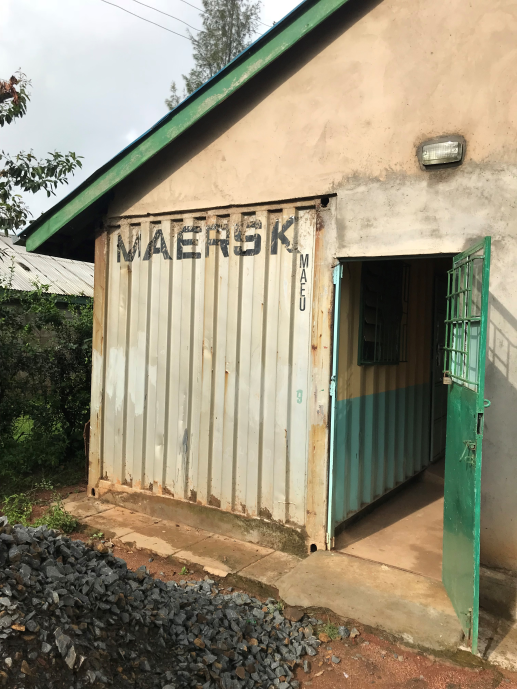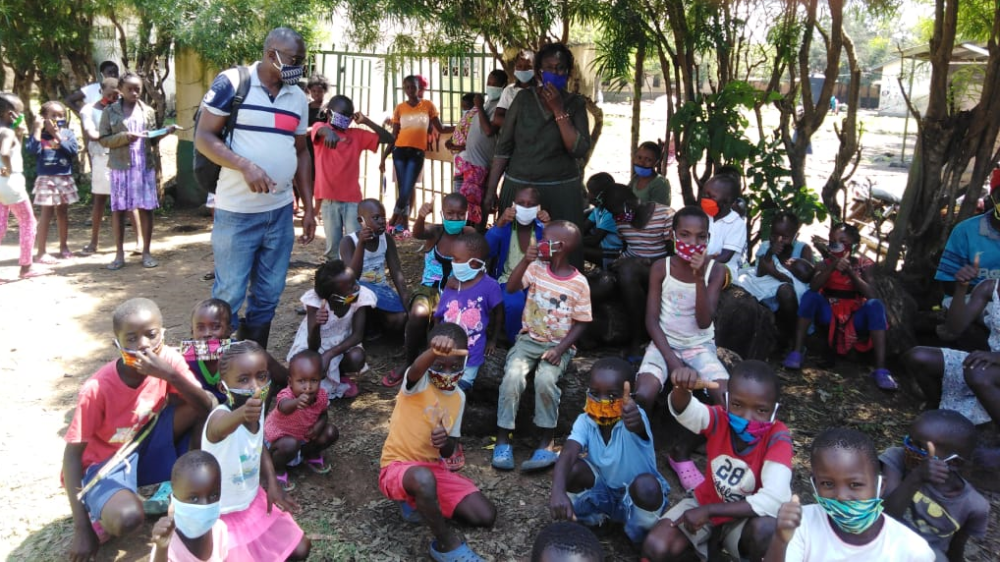During the early 2000s, the western Kenyan epicentre of the African HIV/AIDS epidemic became the recipient of unprecedented transnational (mostly US government) funding, global activism and non-governmental support. As a result, hundreds of community-based organizations (CBOs) and patient advocacy groups came into being - all engaged with innovation in prevention and treatment of HIV. At the same time, numerous less formalised collectives of professionals and quasi-professionals - from doctors working in transnational research to peer-counsellors and defaulter-tracers - came into being, sometimes drawing simultaneously on their status as HIV+ or affected by AIDS as well as on new kinds of HIV/AIDS expertise. Moreover, pre-existing collectives such as locally rooted Community Health Workers - earlier instituted in response to malaria and reproductive health - were enrolled in HIV care and treatment and provided with new status and expertise.
By 2020 HIV, although still widely prevalent, has become a manageable chronic ailment – some prematurely speak of the ‘end of HIV’ – and transnational funds have dwindled. Yet some of these social collectives persist. Community groups and NGOs avail their social structures and expertise to emerging health challenges from NCDs to Covid-19. Some groups of ‘People Living with HIV/AIDS’ (PLWHA) have transformed into self-help groups, engaging in income generating activities. Others have expanded their health-related activism to new fields (e.g. water or hygiene), or used the skills they gained (e.g. in home-based care or family counselling) to support patients with other ailments, e.g. in cancer support groups. Introduced during the HIV epidemic, the fundamental concept of advocacy groups making claims and taking action around a specific disease entity persists, and is adapted to new health challenges and emerging epidemics. At the same time, the novel professional cadres and groups of HIV-project employees have adapted and moved ahead in their careers and social and economic status (or, in some cases, returned to the status of unskilled workers). In doing so, they transformed the social and physical landscape of 'post-HIV' Kenya with their initiative, mentorship and investments.

Aim:
To engage with the diverse biosocial collectives associated with HIV/AIDS and explore how their past shapes their present activities, in relation to the management of emerging diseases, e.g. cancer, diabetes, and Covid-19, but also in regard to economic and religious activities, generations and kinship, and personal careers and aspirations.
Questions:
Which organisations, patient and professional groups persist beyond the ‘end of AIDS’ and of transnational HIV funding? How is their social and economic cohesion maintained or threatened? How are their skills and experience orientated to emerging epidemics and health challenges? What economic activities and social, religious and political activism do members engage in? How do they shape contemporary social, material and health landscapes?
Approach:
Building on 25 years of ethnographic research in western Kenya, first on HIV interventions and subsequently on NCDs, the researchers involved in WP4 will draw on long-term networks and engagement with organisations and their protagonists, in order to find the traces of social collectives and their activities and associations. WP4 will extend long-standing collaborative work with these localised groups, pursuing the hypothesis that HIV/AIDS was a game changer, both in relation to public responses to epidemics and citizen-state relations, as well as in regard to associational life and people's relations to communities and places, and that health-related forms of collective organisation and activism outlast HIV and make a durable imprint on post-HIV health system and disease control futures. We will examine archives and official reports, identify key informants, visit health centers and NGOs, and use snowballing selection. Using a participatory approach with group members, we will map out the range of activities, locations and relations they engage in. Ethnographic methodology, participant observation, interviews and group discussions will be used to trace histories and biographies of past and present group members, explore their legacies, and follow current activities.
